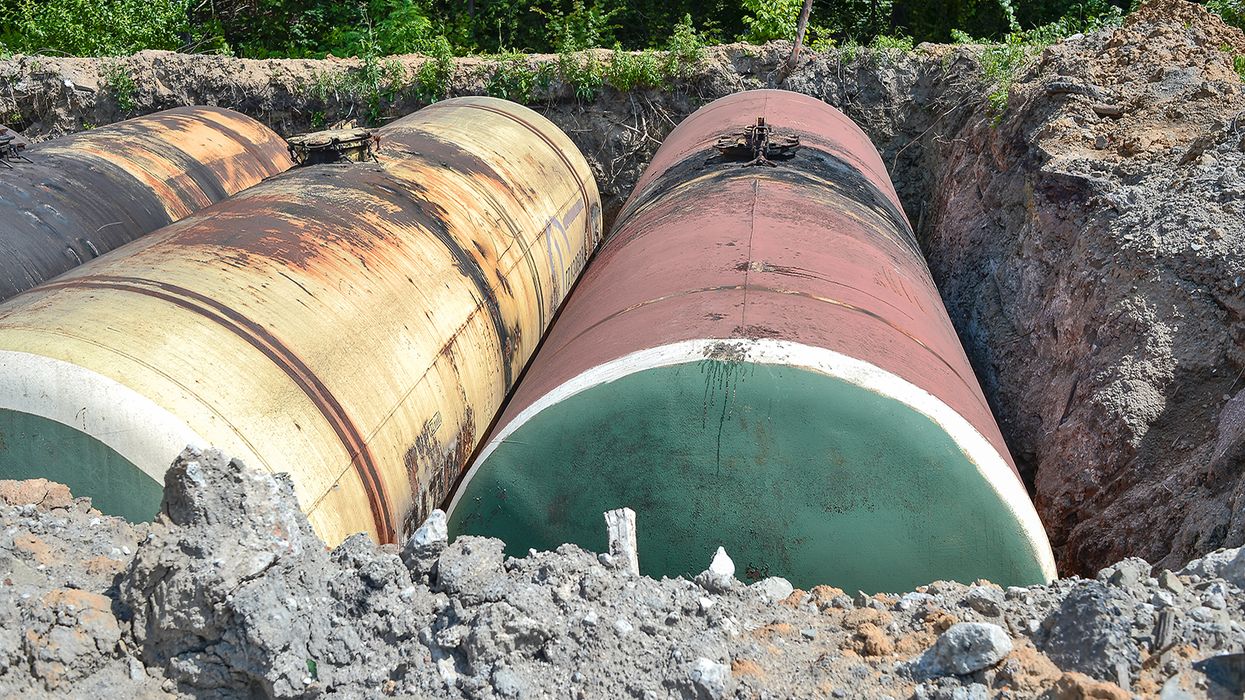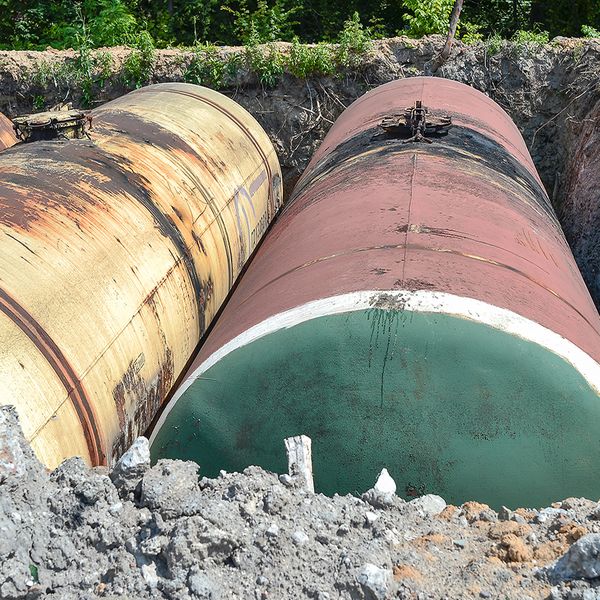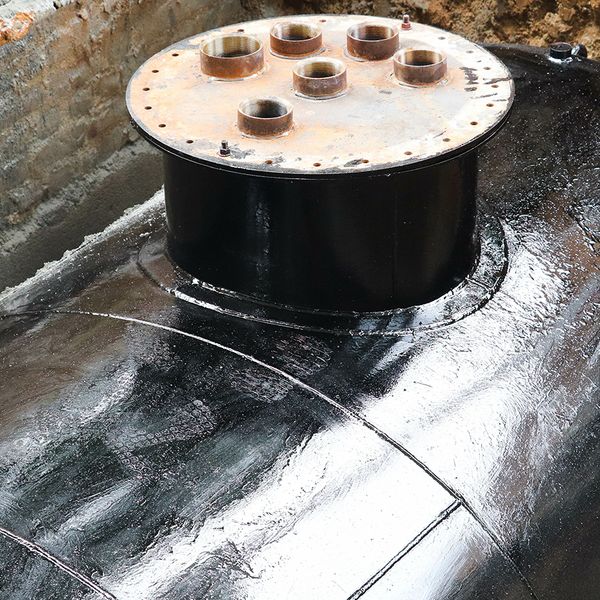Responsibilities of an underground storage tank owner and operator
An Environmental & Sustainability Survey1 by J.J. Keller’s Center for Market Insights revealed that 38 percent of participants found it somewhat challenging to meet the rules and regulations of managing tank systems. This isn’t surprising since owners and operators of underground storage tanks have several responsibilities under the federal regulations found at 40 CFR part 280 through part 282. In addition, the EPA delegated UST regulatory authority to approved state programs. This means that States are the primary implementers of the UST program and may have requirements more stringent than the federal regulations. In 2015, EPA revised the underground storage tank (UST) regulations which added new operation and maintenance requirements for owners and operators. If you are an owner or operator of an UST here are some of the requirements you need to meet:
- Financial responsibility requirements. This ensures that you have the financial resources to clean up a site if a release occurs, correct environmental damage, and compensate third parties for injury to their property or themselves. The amount of coverage required depends on the type and size of the business. State funds and insurance are the most common financial assurance mechanisms. However, there are several other options such as demonstrating self-insurance using a financial test; obtaining corporate guarantees, surety bonds, or letters of credit; and placing the required amount into a trust fund administered by a third party.
- Perform a site check and corrective action in response to leaks, spills, and overfills. Early detection of an UST release is important, as is determining the source of the release, the type of fuel released, and the appropriate initial response. Contaminated UST sites vary considerably. Some are very contaminated sites at which drinking water resources have been adversely impacted and may involve years of cleanup activities that can cost millions of dollars.
- Have trained class A, class B, and class C operators.
- Perform periodic testing. This includes testing of spill prevention equipment and containment sumps used for interstitial monitoring of piping, release detection and overfill equipment, and release detection for emergency generator tanks.
- Reporting and recordkeeping requirements. You must report suspected releases to your implementing agency. If a release is confirmed, you must also report follow-up actions you plan or have taken to correct the damage caused by your UST. You must notify your implementing agency within 30 days of acquiring the UST system. If you plan to permanently close your UST you must notify the the regulatory authority 30 days prior. With regards to recordkeeping, you must demonstrate leak detection performance and maintenance. This includes the last year’s monitoring results and the most recent tightness test; copies of performance claims provided by leak detection manufacturers (kept for five years); and records of recent maintenance, repair, and calibration of on-site leak detection equipment. For at least 3 years after closing your UST, you must keep records of the site assessment results required for permanent closure.
Key to remember: Owners and operators of underground storage tanks have several responsibilities under the federal regulations found at 40 CFR part 280 through part 282.
1Environmental & Sustainability Survey conducted by Customer & Market Insights x J. J. Keller Center for Market Insights, October 2022



















































